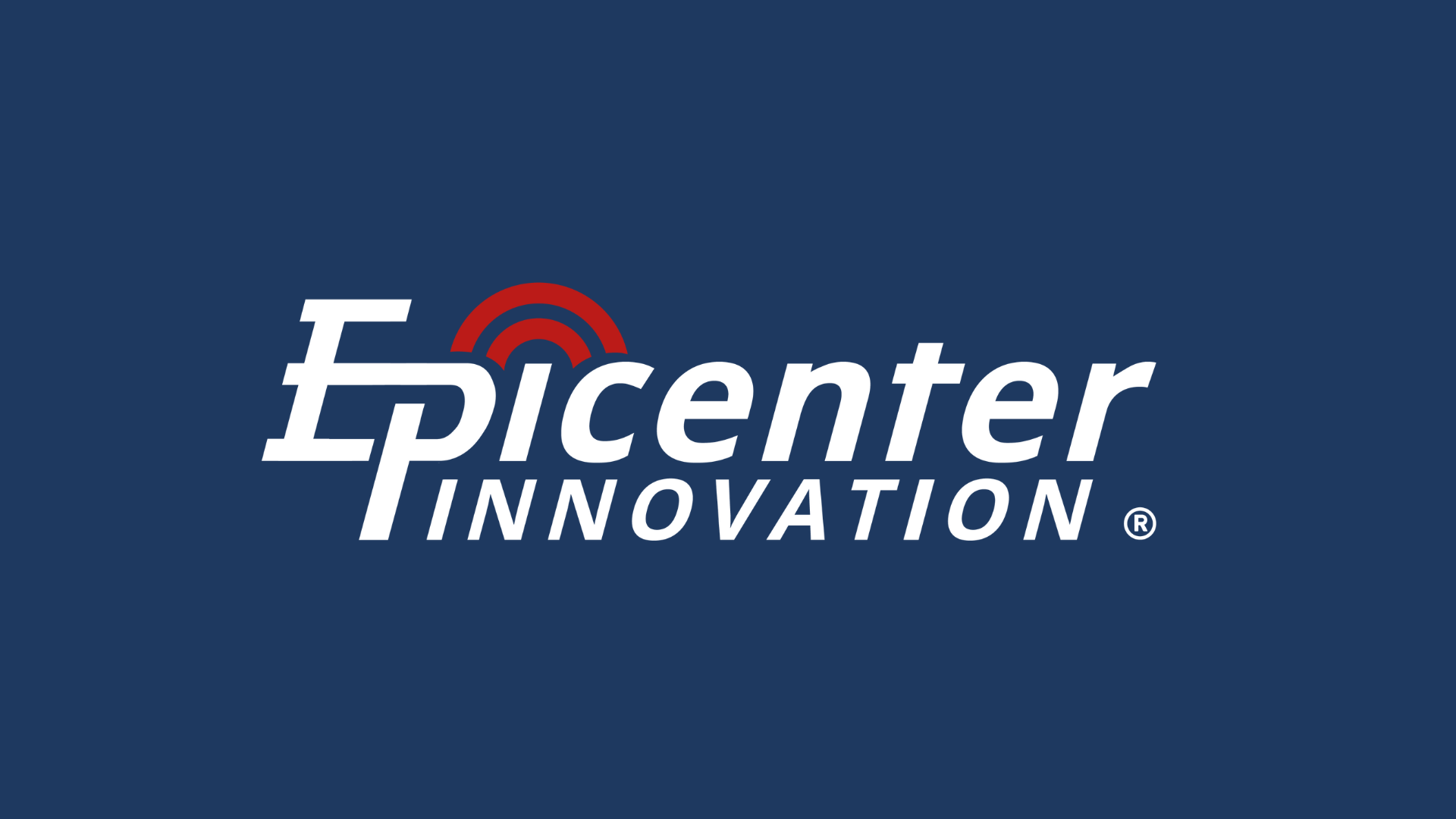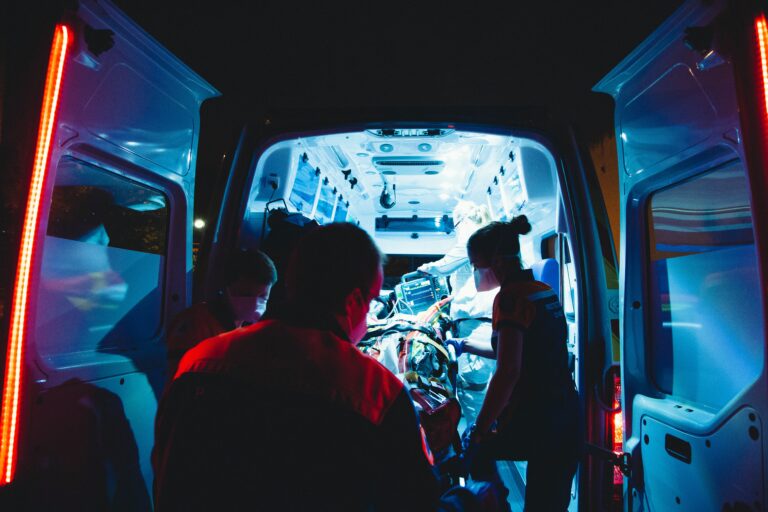Comparing Assessments
RITA & Neethling Brain Instrument
Understanding cognitive preferences and harnessing diverse thinking styles are vital for fostering innovation and effective teamwork. Two powerful assessment tools used for uncovering cognitive preferences and enhancing collaboration are the Resilience Innovator® Type Assessment and the Neethling Brain Instrument. In this article, we will compare and contrast these two assessments, exploring their similarities and differences, as well as their potential applications in promoting cognitive diversity and innovation.
What is Neethling Brain Instrument?
The Neethling Brain Instrument (NBI) is a cognitive assessment tool that explores an individual’s thinking preferences based on the Whole Brain Model. It identifies four thinking quadrants: Analytical, Practical, Relational, and Experimental, offering insights into an individual’s cognitive strengths and preferred thinking styles.
How Can I Use Neethling Brain Instrument?
The Neethling Brain Instrument is used for fostering cognitive diversity, enhancing problem-solving, and improving team dynamics. It helps individuals understand their thinking preferences and encourages the appreciation of different thinking styles within teams. The NBI is employed in team building, leadership development, and improving communication and decision-making processes.
What is RITA?
The Resilience Innovator® Type Assessment (RITA) is a personality assessment tool. It identifies an individual’s Resilience Innovator® archetype, of which there are ten. These archetypes represent different approaches to resilience, problem-solving, and innovation, with each type having its unique strengths and preferences.
How Can I Use RITA?
RITA is specifically designed to assess an individual’s resilience level and innovation style and can be used in various contexts, such as innovation and entrepreneurship training, organizational development, and leadership development. It can help individuals understand their reactions to stressful environments, their natural innovation tendencies, their strengths in the innovation process, and their areas for growth. It can also facilitate effective teamwork and collaboration by bringing together individuals with complementary innovation styles.
How are RITA and NBI similar?
Both RITA and NBI are interested in providing the individual who takes the assessment with insight about their thinking styles. RITA does this through personality archetypes and NBI does this through the quadrant model.
How are RITA and NBI different?
- Focus: The Neethling Brain Instrument centers on exploring an individual’s cognitive preferences and thinking styles while the Resilience Innovator® Type Assessment focuses on a person’s preferences and behaviors in stressful situations.
- Innovation vs. Cognition: The Resilience Innovator® Type Assessment provides insights into an individual’s innovation strengths and their potential impact on team dynamics. The Neethling Brain Instrument examines cognitive preferences and thinking styles, highlighting an individual’s strengths and potential blind spots.
- Archetypes vs. Quadrants: The Resilience Innovator® Type Assessment employs ten archetypes to categorize personality types, while the Neethling Brain Instrument utilizes four quadrants to classify thinking preferences and cognitive styles.
- Applications: The Resilience Innovator® Type Assessment is valuable for fostering leadership development, stress management, and team communication. The Neethling Brain Instrument is particularly useful for promoting cognitive diversity, improving problem-solving, and enhancing team dynamics.
In conclusion, both the Resilience Innovator® Type Assessment and the Neethling Brain Instrument contribute to understanding and leveraging individual strengths and preferences. While the Resilience Innovator® Type Assessment focuses on innovation styles and problem-solving approaches, the Neethling Brain Instrument explores cognitive preferences and thinking styles. The choice between the two assessments depends on the specific objectives and areas of focus, whether it is nurturing innovation or fostering cognitive diversity within teams. By embracing and appreciating diverse thinking styles, organizations can unlock new levels of creativity, collaboration, and problem-solving, driving sustainable innovation and success.
About Epicenter INNOVATION
Epicenter Innovation® is an award-winning professional services firm driven by human-centered, resilience-focused innovation. Our team is here to help you implement a proven framework for creating impact & unlocking the potential of your people.
We’re the connective tissue between organizations that produce technology and those in the field using it. By working on both sides of the public/private-sector divide, we serve as translators & change-makers at all phases of the disaster management lifecycle – driving human-centered, resilience-focused innovation before, during, and after major incidents.
How Can We Help Your Organization?
Book a Call With the Epicenter Innovation Team
Read More
Top 10 Tips to Increase Personal Resilience
Inrceasing your resilience shouldn't be hard, but where do you start? We've got some easy ways to get you going on your resilience journey.
Top 10 Tips for Making Your Team More Innovative
Innovation is vital to having your work make an impact, but it shouldn't be hard. These ten easy tips will help foster an innovation culture for your team to thrive.
Exploring Innovation in Resilience-Building Practices
We've known for a while that resilience and innovation go hand-in-hand. But how? Learn in this short article.


